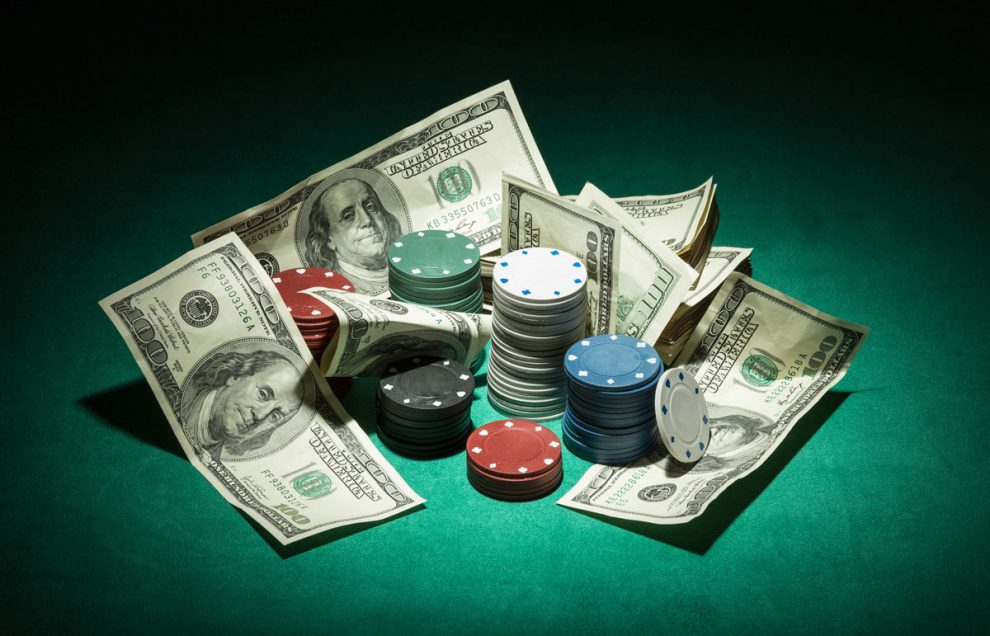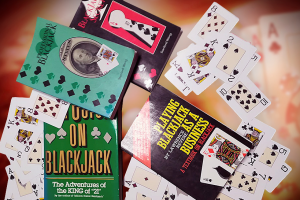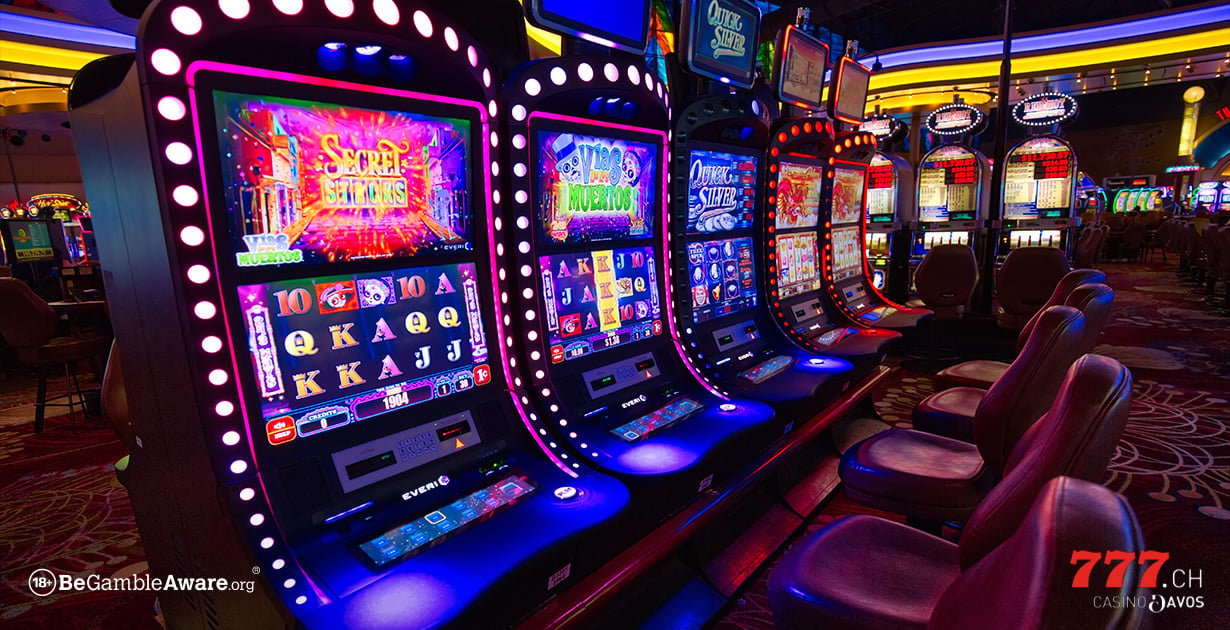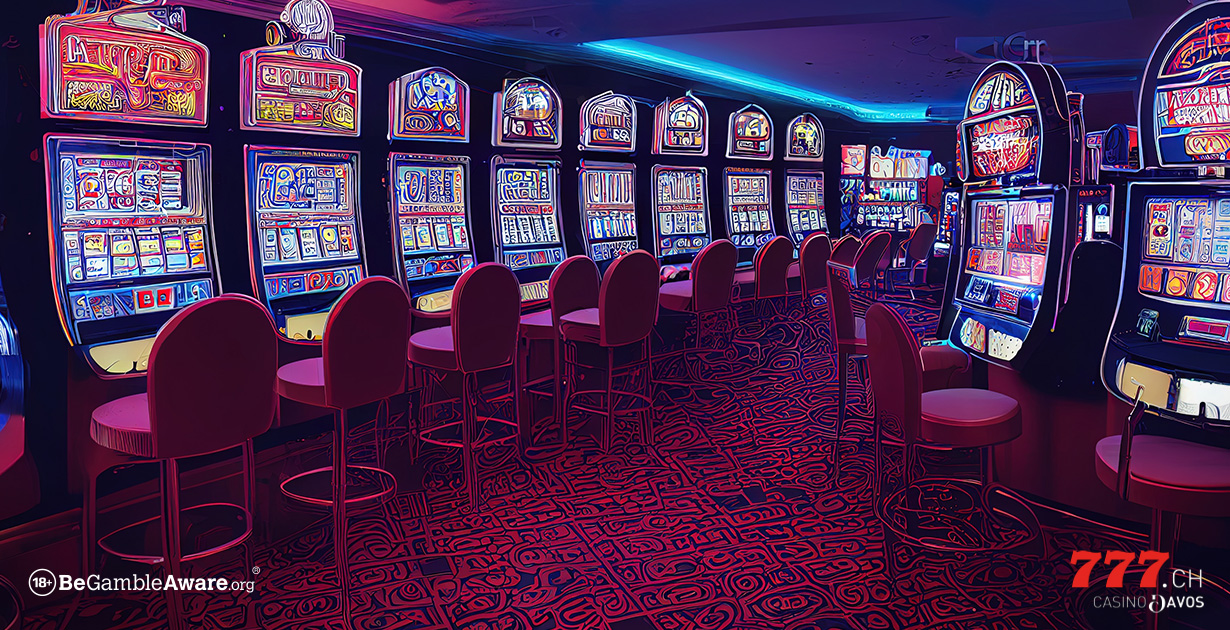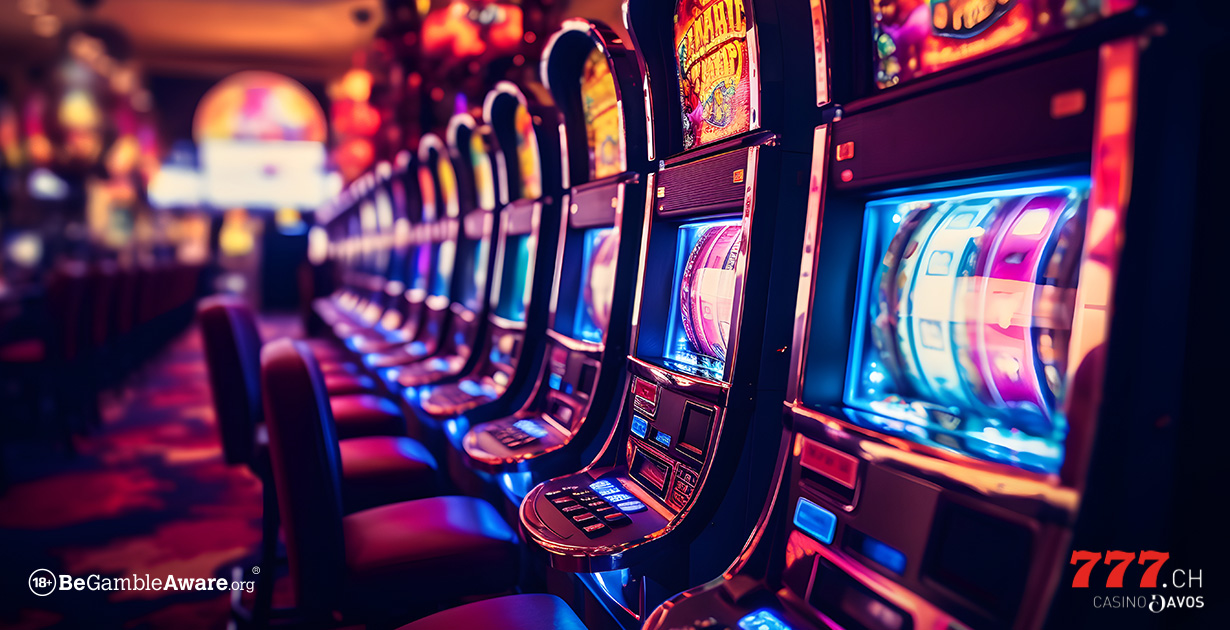The approach to a poker tournament is fundamentally much more strategic than that of a cash game. In cash game poker you try to win as much money as possible in each hand and the considerations are not influenced by the different phases of the tournament as in tournament poker. Furthermore, the tournament strategy is determined by various factors such as the length of time each level lasts and the increase in forced bets – this factor is also called the steepness of the tournament – the payout odds, the number of participants or the type of tournament (bounty, shot out, rebuy and add on opportunities, single table etc.). Of course, the poker variant (Holdèm, Stud, Draw) and the limit structure is also very important for the strategy. For example, one can assume that the steeper the tournament, the more important is the luck factor.
Strategy – Tactics
To avoid misunderstandings, here is a short definition of the terms strategy and tactics. Strategy comes from the Greek language and means army command. Today strategy is used for a longer-term plan, a goal-oriented approach. For a poker tournament this means to develop a plan for the game management during the tournament with the different phases in order to get as far as possible in the tournament and in the best case to win the tournament.
Tactics also originates from the Greek and stands for the “art of placing an army in a battle order” and is now seen as part of the strategy to implement the strategic goals. The tactics can/must be changed during a tournament, for example if you have only a few chips left “short staked” you have to act much more aggressive like in a good chip position.
Poker Cash Game
Since the amount of forced bets in the cash game does not change during the course of the game and therefore the value of the stakes remains the same, a player can quit the cash game at any time or increase his table stake after each hand, strategy and tactics are much easier to find than in poker tournaments. The following guidelines should help you with the cash game:
Table selection
One of the important differences to the tournament is that a player can usually choose his own table in the cash game or if the floor man assigns the table, he does not have to play at that table. It’s useful to watch the tables, both online and in the casino, and prefer to wait and play at a table that promises success rather than quickly join a game where very good players are waiting for “fresh” money.
Bankroll Management
Bankroll management is one of the most important factors in the cash game. Every player should be aware of his financial possibilities and be able to survive a not very successful phase. As a rule of thumb, you should never bring more than 5% of your bankroll to a cash game table or buy into a tournament. But what should the table stack look like?
In No Limit Poker, about 1000 big blinds are a good guideline, but if you play Limit Poker, about half of that should be enough.
How many hands do I play
A common mistake in cash games is playing too many hands. Again, the rule of thumb is to play no more than 20% or 30% of all starting hands. If you haven’t been dealt a playable hand for a long time, some players tend to get impatient and pay bets or raises with poor starting hands. However, this inevitably costs money, as experienced players only wait for such situations. Some online players play on multiple tables at the same time in order to play hands correctly and not have to wait too long for a good starting hand.
An example of a frequently played starting hand in Texas Hold èm Poker is an ace with a low side card. So what does the flop have to look like to keep this hand playable before the turn?
On the flop, the ace comes, not the second (small) pair. If the flop is played and you pay, the risk of playing against an ace and a better kicker is high. If you play the pair of aces yourself and there is a raise, the hand is very likely to be folded. So even if you hit (ace) on the flop, the hand is not a very good one and you should be careful when playing pre-flop.
Draws pay
Again, a rule of thumb is that you only pay with a draw if you have nuts in case of a hit (for example, you have a straight or a full house with the draw). There’s no point in hoping for a straight and paying a bet in the Hold ’em variants if, for example, a pair (possible Full House or Poker) or three cards of one suit (possible Flush) are on the flop or after the turn at the table.
Pot odds are crucial to the correct payment of a draw. If the pot is 10 CHF,- and I have to pay 2 CHF to stay in the game, the Pot Odds are 5:1. If I have a probability of 20% (5:1) or more to improve my hand, a call is correct.
Discipline
A very important quality in many areas of life is also essential for a successful poker player. Not to be provoked by other players, not to play further overtired or to want to make up for losses with Harakiri Bluffs, are only as some examples mentioned.
It’s an important quality for a poker player not to get greedy and leave the table of the casino or online casino with his winnings, but more importantly, once you’ve taken a few bad beats, it’s more important to quit with a moderate loss instead of “sinking” the tablestake completely or continuing to put money on the table.
Conclusion
For beginners and experienced poker players alike, the level at which you play is to work slowly and never play beyond your financial means. Never overestimate your own hand or yourself. In the next blog we will talk about poker tournaments.
Until you have enough experience, use the games on 777.ch and stay curious.

